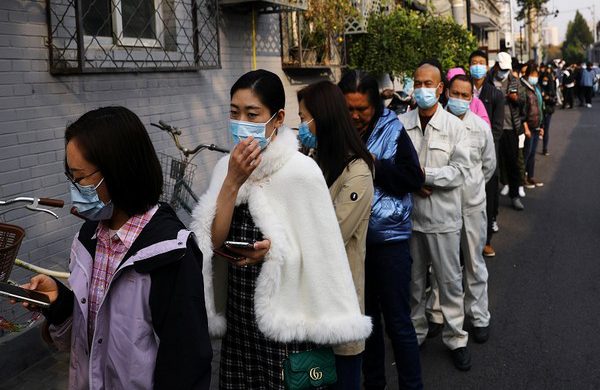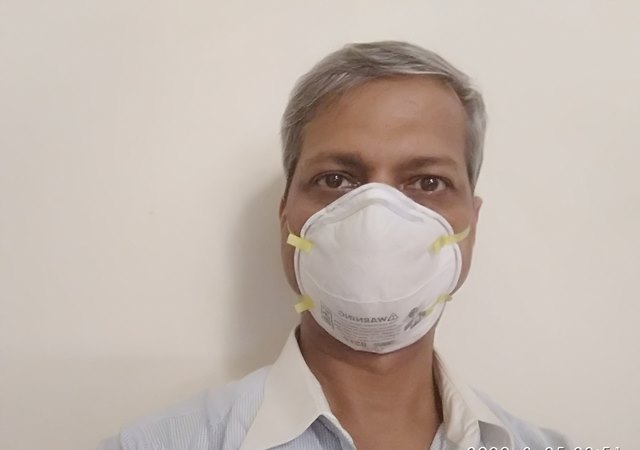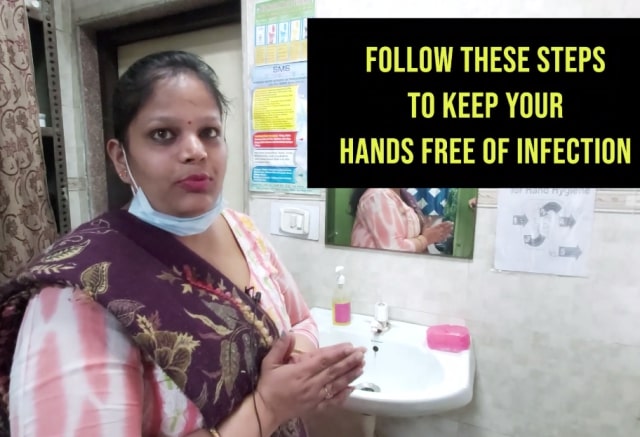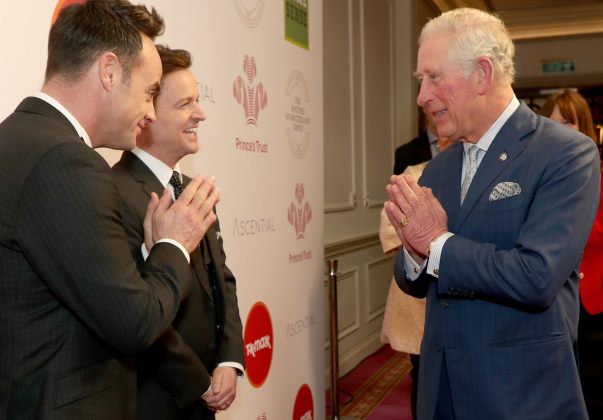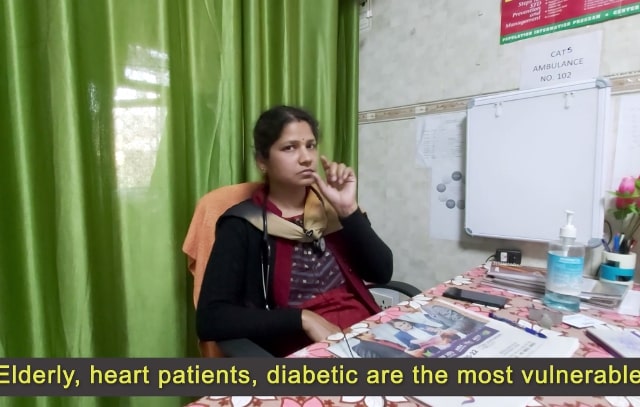When Indians first arrived in numbers in
United Kingdom, there was general amusement that they avoided hand shaking. Now,
hand shaking is de rigour in India. Indians
have brought western habits into India instead. Coronavirus, interestingly, is
bringing back the practice of social distancing, a practice that was
characteristic of Indians before modern times. It may well reintroduce an
Eastern cultural practice throughout the world.
Another Indian habit that amused Europeans
was the constant hand washing after eating, or touching anything. Clearing the
mouth with a quick gargle or rinse after every meal was also common.
Handwashing is the other main advice to reduce coronavirus spread.
Social distancing has been part of almost
all Eastern cultures. Rarely was intimacy expressed in public in the form of
hugging, hand shaking or otherwise. In Japan, people greeted each other by
bowing as they still do. Maintaining a healthy distance between individuals is
a Japanese cultural practice. The Chinese too traditionally bowed as greeting.
Pranaam, or folding hands
with a bowed head, was the traditional Indian greeting. It is still the practice
but for some reason it is immediately followed by a hand shake. In some parts
of India, especially the North, it is often followed by a hug between close
friends, relatives and between adults and children especially if they haven’t
met for some time.
When did the hug become part of cultural
practice? It is intriguing because there isn’t much evidence of it in
historical accounts. The handshake certainly started with the British arrival.
Early British envoys maintained Indian practices of either bowing, or Pranaam.
But as colonialists settled in, handshake became a common form of greeting
among the western-educated Indians and the elite. Now it is a universal Indian
practice.
Why eastern practices avoided intimacy may
have many reasons. Western scholars often blamed caste as one culprit, pointing
out that intimacy between higher and lower castes was forbidden. Others suggested
a system of general hierarchy. However, even people of same caste and similar
hierarchical status avoided intimate greetings. Thus these theories do not
stand scrutiny.
Perhaps the habit of avoiding intimacy in
public may have arisen from similar pandemics in Indian history that has now
gripped the world. The world and Indian
history has had quite a few pandemics. Cholera in ancient times and the
Bubonic Plague are well known. Smallpox had swept India in ancient times as
well (shitala). Bubonic plague is estimated to have killed some 25 million
people in India and China around 1340s. The 1817
Cholera epidemic claimed hundreds of thousands of Indian lives and spread
to other countries.
Earlier around 540 AD, the so called
Justinian Plague had also claimed nearly 15% of world population in Europe and
Asia, if not more. The plague had claimed lives both in China and India in
large numbers.
It is possible that these experiences had led
to the precautionary habit of social distancing in Indian and other Eastern
civilisations. In South East, the practice is a combination of Pranaam and bowing, such as in Thailand
and Cambodia.
Although some epidemics, such as plague,
are carried by fleas and are bacterial and therefore social distancing is
unlikely to make much difference, others such as small pox and influenza are
restricted by social distancing.
Coronavirus has also spread with speed in
countries like Iran. Its possible because greeting with cheek-to-cheek touch is
a common form of greeting in the Middle East between equals. In others,
touching the upper arms and forming gestures of cheek to cheek greeting is
common. Both reduce the distance between individuals and introduce an element
of intimacy that is a free ticket for transmission for a pandemic like
coronavirus.
Social distancing is the first line of
defence now being promoted across the world in corona virus pandemic. Out goes
the hand shake. In comes elbow for the time in western countries. But why not Pranaam with folded hands and a healthy
distance between the greeters. Prince Charles did that in the Commonwealth
meet.
So out also goes the Modi hug and in comes
the traditional Pranaam. It seems
Corona virus has given an opportunity for Indian culture to become
universalised in one form at least. Bowing in Chinese and Japanese style may be
too much for most of the world. But Pranaam
with a reasonable distance isn’t difficult.
It will be interesting to see what happens
to the Maori nose to nose greeting. If any executive class passage can be
offered to Coronavirus, this is one that beats all.
Of course once a person gets corona virus,
it is western technology to keep the lungs going that will aid recovery. Many
traditional herbal doctors and ayruvedics
are claiming treatments options, but there is no evidence anything works other
than their bank balances.
Isolation is another strategy for these
forms of pandemics. Isolation and bed rest were the treatment of choice in pre
vaccine days in India. People lived in smaller villages rather than big cities.
Before the current craze for mega cities, over 80% pf Indians lived in
manageable villages. Modern mega cities
offer unbound opportunity to a virus such as Corona virus.
It seems every few decades a pandemic sweeps through the
world, decimating the population. So far it seems epidemiological knowledge and
drastic actions have contained the deaths in China. It remains to be seen what
happens when coronavirus invades western countries that put greater emphasis on
profits than social welfare such as USA. The cuts in social welfare in the UK
along with Brexit may now reveal the cracks. Generally it is thought that the
medical systems in both countries will not be able to cope with as much speed
and efficiency as China.
Irony will be if both countries, USA and UK,
ask China for assistance to build facilities and protective measures. Whereas
it takes a year to build a hospital facility in most western countries, China
built isolation facilities with machine etc within 2 weeks. Who else has the capacity
to do this?
However, it is India that now worries most
epidemiologists. The infrastructure, the availability of ITU beds, lung
machines, testing facilities will be a challenge that will test the Modi
Government. Once it starts spreading, India’s capability will be truly on line.
A hope is that Indians may have greater immunity than others.
In the absence of vaccines and other antiviral drugs for this, the two human practices that now are effective in reducing the incidence of spread is social distancing and hand washing. Better bring Pranaam back into India and get rid of the hand shake and restart washing hands frequently even after eating with knives forks and spoons. This virus may go away after a few months, but new ones will emerge. A cultural change in the way we greet and maintain personal hygiene and going back to tradition could be more effective than anything else.
It seems the ancients had evolved practices with care and from experience. Pranaam to them and to all our readers.
